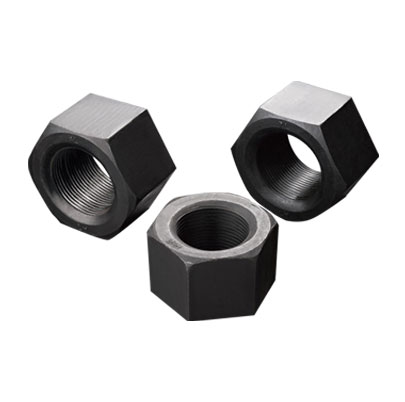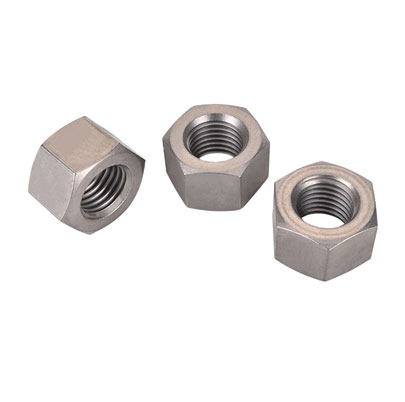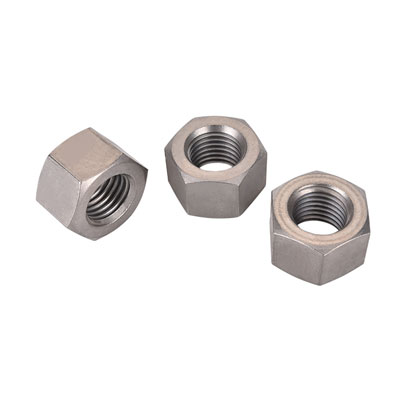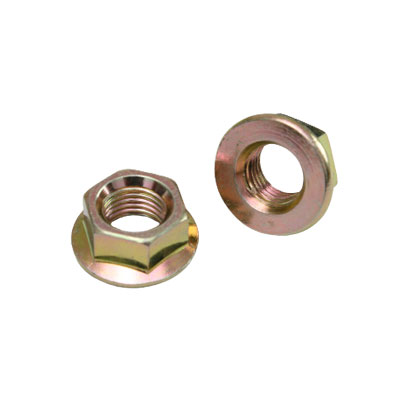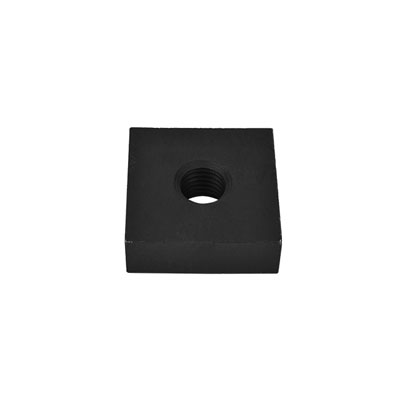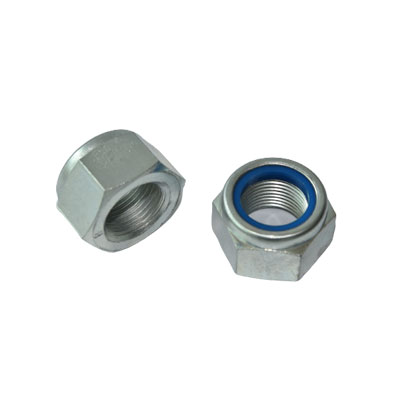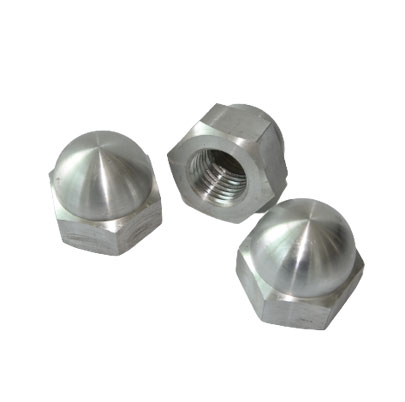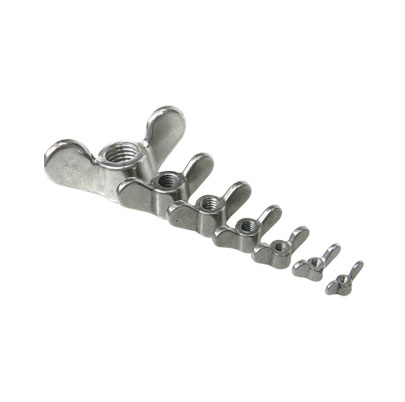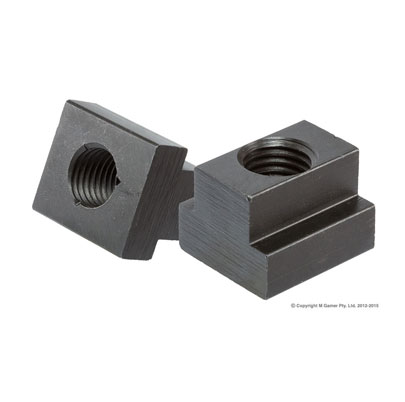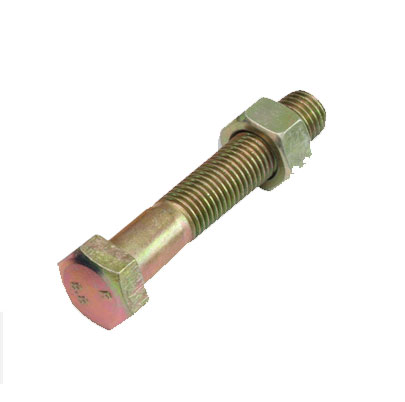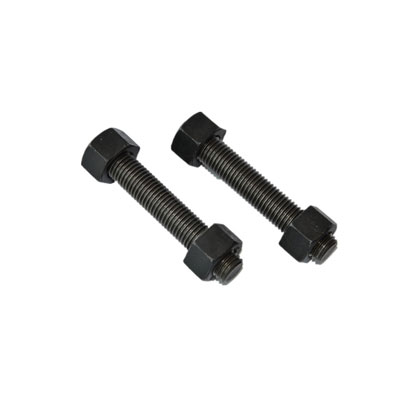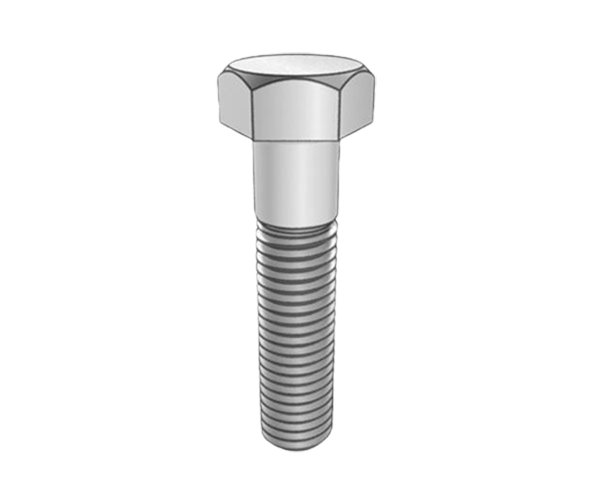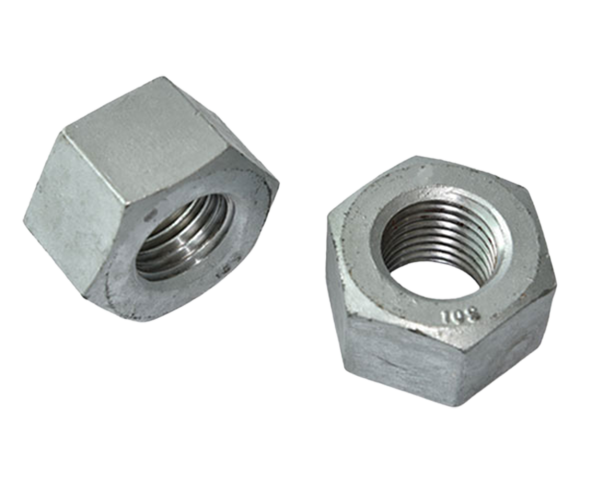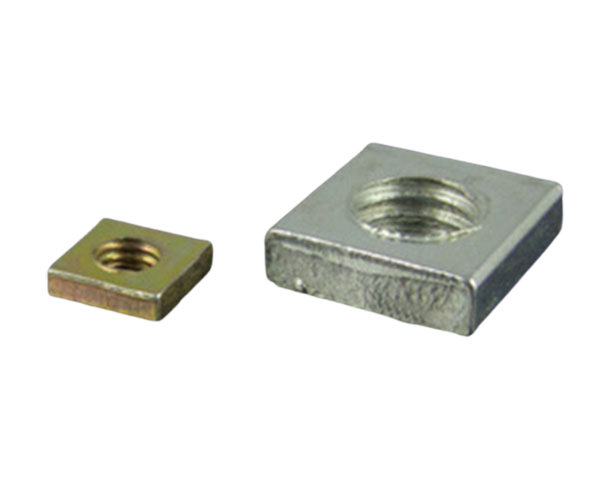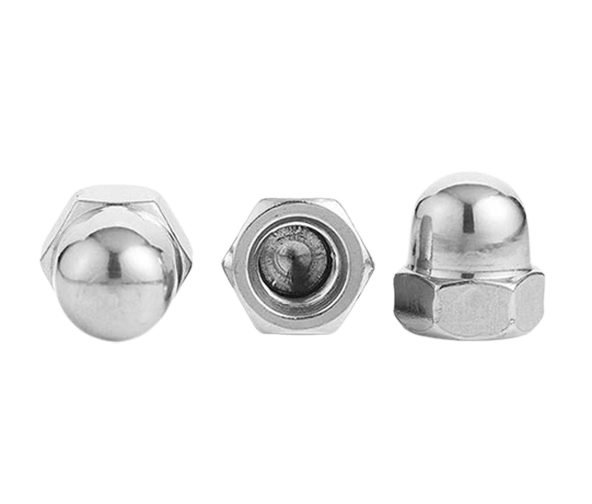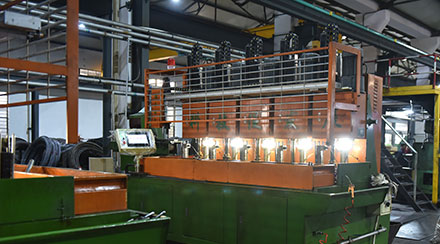Ⅰ. What does a hex nut look like?
Hexagon nuts are also called hexagon nuts. Generally, there are many different types of hex nuts, such as hexagon nuts, round nuts, square nuts and so on. Some standards for nuts are still relatively clear. Some specifications and size standards, material requirements standards, electroplating standards, etc. are relatively clear. Different types of nuts also have different standards. Let's introduce the specifications and standards of the nuts in detail.
Ⅱ. What is a hex nut used for?
1. Ordinary hexagon nut: widely used, characterized by relatively large tightening force, the disadvantage is that there must be enough operating space during installation, and you can use adjustable wrench or open-end wrench, or glasses wrench and above. Large operating space.
2. Cylindrical head hexagon socket: It is the most widely used of all screws, because its tightening force is relatively large, and it can be operated with a hexagon wrench. It is very convenient to install and is used in almost all kinds of structures. The appearance is more beautiful and neat. The tightening force is slightly lower than the outer hexagon, and it is easy to damage the inner hexagon after repeated use and cannot be disassembled.
3. Pan head inner hexagon: rarely used mechanically, the mechanical properties are the same as above, mostly used in furniture, the main function is to increase the contact surface with wooden materials and increase the ornamental appearance of the appearance.
4. Headless inner hexagon: It must be used in certain structures, such as the top wire structure that requires a large top tightening force, or the place where the cylindrical head needs to be hidden.
5. Countersunk head hexagon: mostly used in power machinery, the main function is the same as the hexagon
6. Nylon lock nut: Nylon rubber ring is embedded in the hexagonal surface to prevent the thread from loosening, and it is used on strong power machinery.
7. Flange nuts: mainly play the role of increasing the contact surface with the workpiece, mostly used in pipes, fasteners and some stamping and casting parts.
Ⅲ. Classification of hexagon nuts
Hex nuts for sale are divided into three types: type I, type II and thin type according to the nominal thickness. Nuts above grade 8 are divided into two types: type I and type II.
Type I hexagon nuts are the most widely used. Type I nuts are divided into three grades: A, B, and C. Among them, grade A and grade B nuts are suitable for machines, equipment and structures with small surface roughness and high precision requirements. Class C nuts are used for machines, equipment or structures with rough surfaces and low precision requirements; type II hexagon nuts are thicker and are often used in occasions where assembly and disassembly are often required.
Type I nut refers to an ordinary hexagonal nut with a nominal height of m ≥ 0.8D, while the height of type II nut is higher than that of type I nut. There are two purposes for adding type II nuts: one is to obtain a relatively inexpensive nut that does not require heat treatment by increasing the height of the nut. Because D≤M16 grade 8 type I nuts do not need heat treatment, among grade 8 nuts, only the specifications of D>M16~39 use type II nuts. Obviously, type I nuts without heat treatment cannot reach grade 9 nuts. mechanical performance requirements. Another purpose of specifying Type II nuts is to obtain grade 12 nuts with better toughness. As the height of the nut increases, the guaranteed stress index can be achieved at a lower quenching and tempering hardness, so the toughness of the nut is increased.
 English
English
